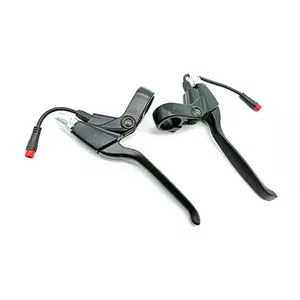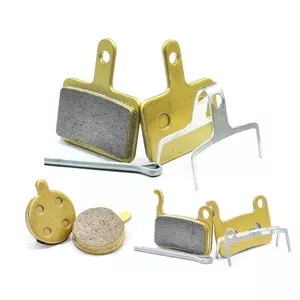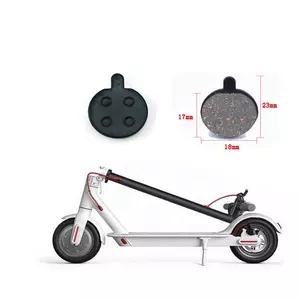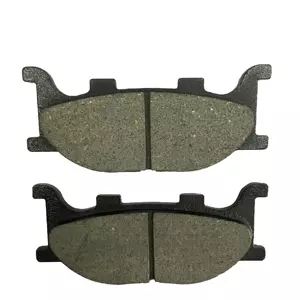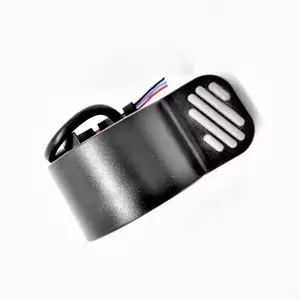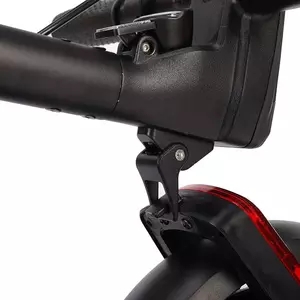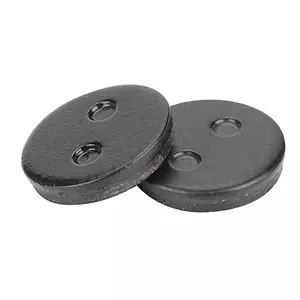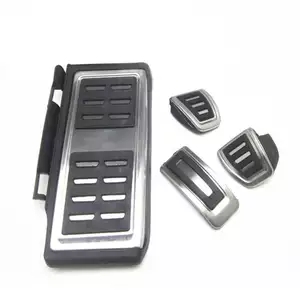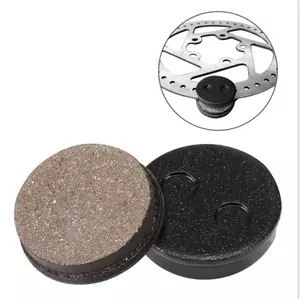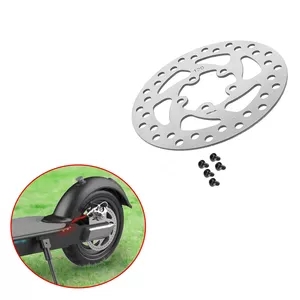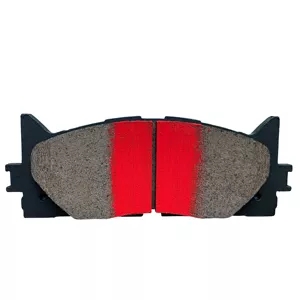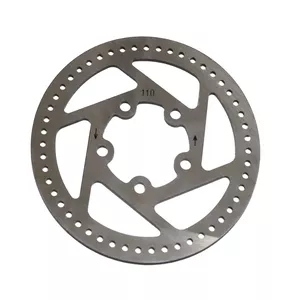What is an electric skateboard brake?
As the name suggests, it is a mechanical braking device that can slow down the vehicle speed, also known as a reducer. To put it simply: the brake pedal of the car is under the steering wheel. If you step on the brake pedal, the brake lever will be compressed and transmitted to the brake drum. The manual brake of the car is next to the gear and connected to the brake lever. Bicycle brakes are also common, which rely on rod-shaped brakes fixed on the frame or disc-mounted holding brakes to decelerate.
Braking is done by intense friction between the brake pads and the brake drum. When driving in the water, the wheels are almost immersed in water, leaving a layer of water between the brake pads and the brake drum, just like lubricating oil, so that the friction between the brake pads and the brake drum is reduced and cannot be controlled. The car stops, and the water in the drum is not easy to escape. This phenomenon of brake failure comes very quickly. After leaving the water, step on the brakes while walking. The water droplets between the brake pads and the brake drum will be wiped off for several consecutive times. At the same time, the heat generated by the friction will dry it and make the brakes. The original sensitivity is quickly restored.
This kind of brake failure will almost never happen to a car that uses a disc brake system, because the area of the brake pads of the disc brake system is very small, and the periphery of the disc is all exposed to the outside, unable to retain water droplets. Due to the centrifugal force when the wheel rotates, the water droplets on the disc will be automatically lost without affecting the function of the brake system. Many small cars that are usually used have front disc and rear drum brakes, so some brakes fail after wading, and some brakes will weaken a lot.
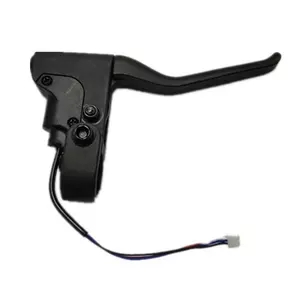
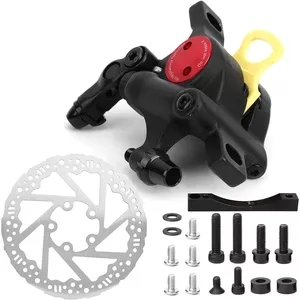
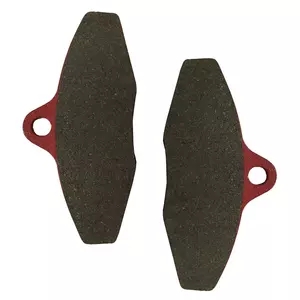
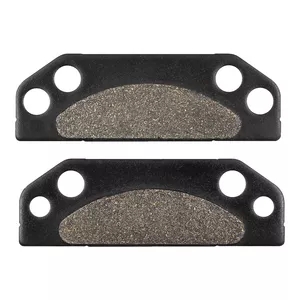
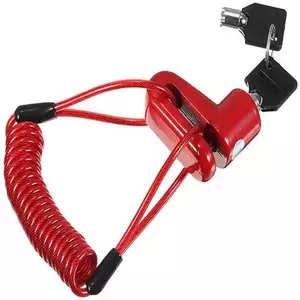
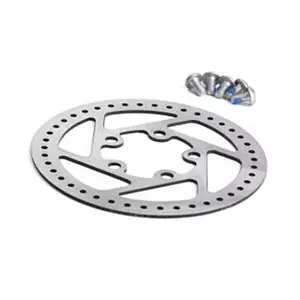
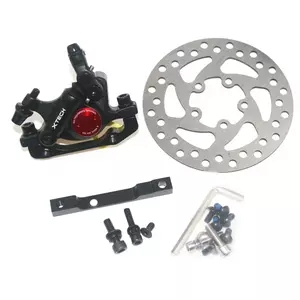
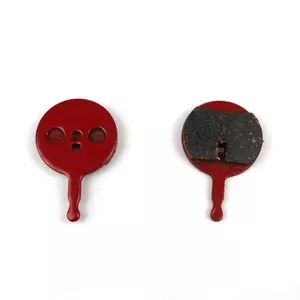
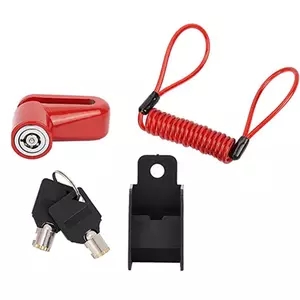
Braking purpose:
It is a deceleration, which can be to reduce the speed or stop the vehicle. The principle of brake action is to convert the kinetic energy of the car into heat energy and consume it. The kinetic energy comes from the power provided by the engine, which requires fuel combustion to provide it. That is to say, if you step on the brake once, it means that your gasoline will be wasted a little. So, please remember the first one: drive as little as possible on the brakes, the brakes are only for comfort or the method you have to use in emergency situations.
The situations we encounter in actual driving are ever-changing. In many cases, we have to be forced to step on the brakes. In this case, we must consider reasonably reducing the time and frequency of stepping on the brakes. We know that the engine has a retarding effect. When it is not an emergency, we should make full use of the engine to decelerate. Nowadays, when the EFI engine is passively running, the computer will control to inject less fuel or not to inject fuel. At this time, the fuel consumption is very low. , And even far lower than the idling fuel consumption. For example, when you are driving, you find that there is a red light far ahead and there are few cars on the road. At this time, you should release the accelerator to let the engine stall, and don’t rush to neutral and step on the brake. This method can be used in most cases where the situation is discovered early and there is enough time to deal with it.
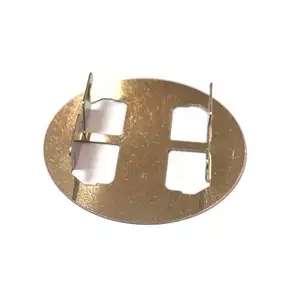
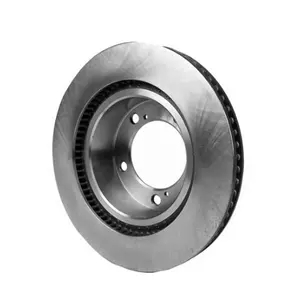
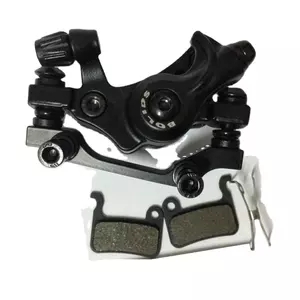
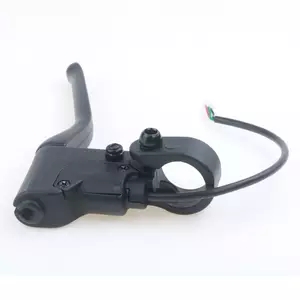
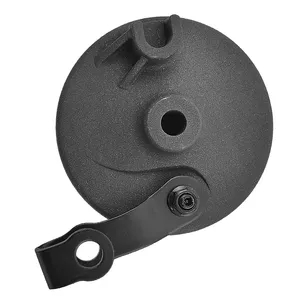

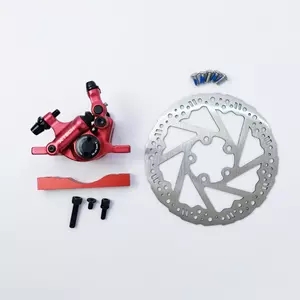
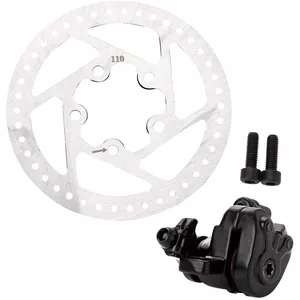
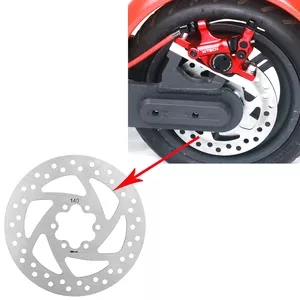
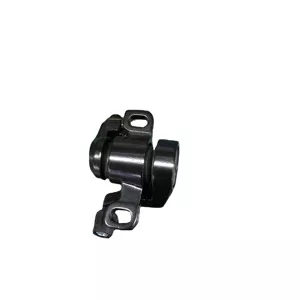
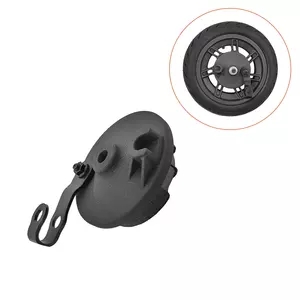
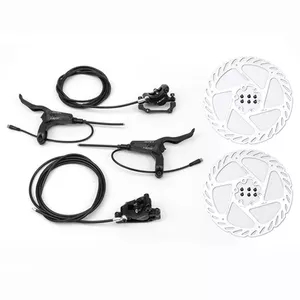
Braking meaning:
There is no safety for people who can’t brake to drive. We must remember: In most emergency situations, braking is your best first choice. Emergency braking is the safest choice. If you choose to steer, it is likely to cause serious consequences due to loss of control. If you brake hard first, and take steering or other measures while the vehicle speed is reduced, safety will be greatly increased. Taking a step back, in the event of an accident, when you step on the brakes and crash into it passively, you can basically maintain the original driving state, and you will not cause your accident responsibility to change from small to large due to the crossing of the marking line caused by emergency avoidance. The safety of avoiding after reduction is higher, and the hazard degree and responsibility of the accident are far less than the danger of you taking measures such as steering to avoid the danger. If you encounter danger in high-speed driving, you instinctively adopt the steering, then the result What will happen is really hard to say.
